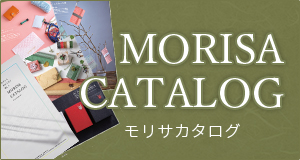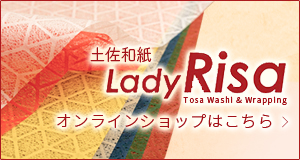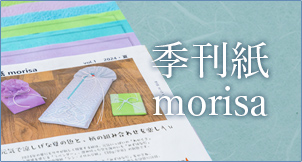Raw materials for Washi
Since ancient times, hemp, bamboo, mulberry, and other plant fibers have been used for papermaking, but after the elimination of a number of raw materials, papermaking is now concentrated on three main types: kozo, mitsumata, and gampi.
< Kozo.
Kozo is a deciduous shrub of the mulberry family that reaches a height of about 3 m. It is most commonly used because it is easy to cultivate and can be harvested in large quantities.
The fruit ripens red and resembles a mulberry seed.
The tough and tangled fibers have different characteristics depending on the region, with the highest quality said to come from the Nasu region (Tochigi Prefecture), and Ishu Kozo (Shimane Prefecture) and Tosa Kozo are well known.
< Mitsumata.
Mitsumata is a deciduous shrub of the family Zinchogeaceae that grows to a height of about 2 meters.
It is so named because its branches split into three. It produces cute small yellow flowers (rarely red) in early spring.
It is mixed into paper for banknotes and securities, etc., because it produces a graceful and fine-grained paper skin, and its paper quality is suitable for craftwork and printing.
< Wild goose skin.
Gampi is another deciduous shrub of the ginkgo family, which grows wild in the mountains of western Japan.
It is a rare and expensive material because it is difficult to cultivate artificially and is made from native materials. It is about 2 m tall and produces small flowers in summer.
The fibers are translucent and glossy, making the surface of the paper smooth and shiny. It is also preferred for Japanese-style paintings because of its low elasticity and durability even when wet.
The bark of the tree gives off a strong aroma, and is said to be a paper with minimal insect damage, making it a valuable raw material often used for recording paper that needs to be preserved for a long time.All three species are harvested once a year by trimming the branches, but the plants are left intact and the trees are not cut down.
This was due to the cyclical cultivation method, in which the following year, the branches would be harvested from the same area. This was the wisdom of our ancestors, who lived in harmony with nature and continued to produce paper in Japan, a country with few natural resources.
Washi is made from the tough jinpisenyi fiber contained in large quantities in the inner white bark, which is peeled off from the bark of the branch.






